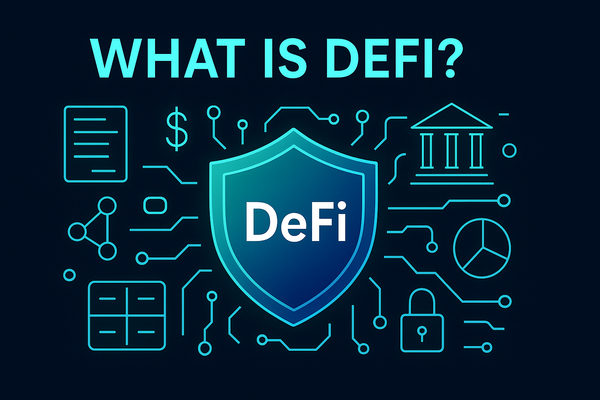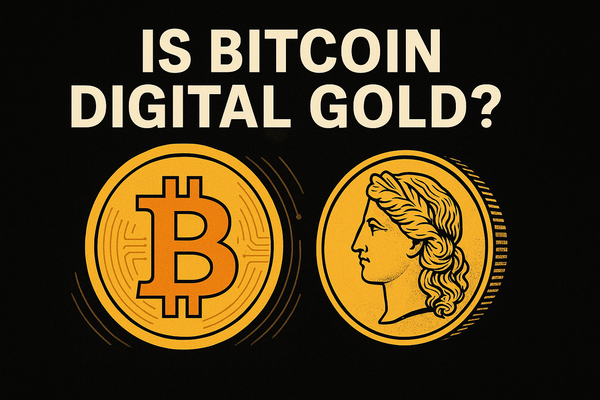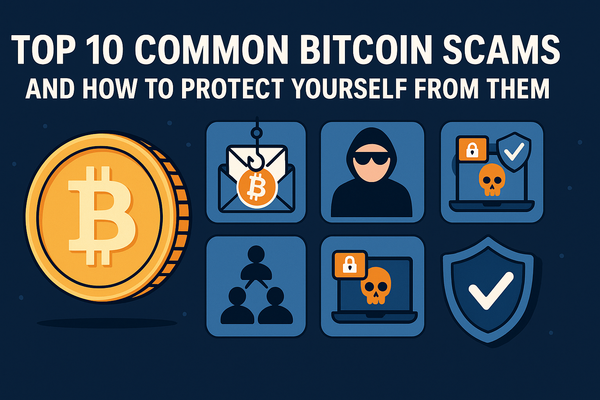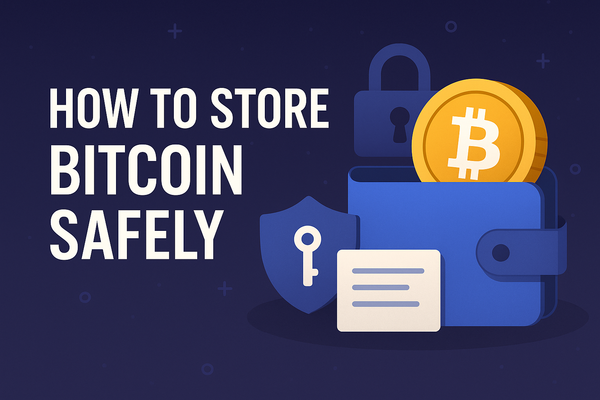How to Buy Bitcoin for Beginners: A Step-by-Step Guide
Discover how to buy Bitcoin for the first time with this comprehensive guide. Understand the basics of Bitcoin, choose a secure exchange, and learn wallet options for safe storage.
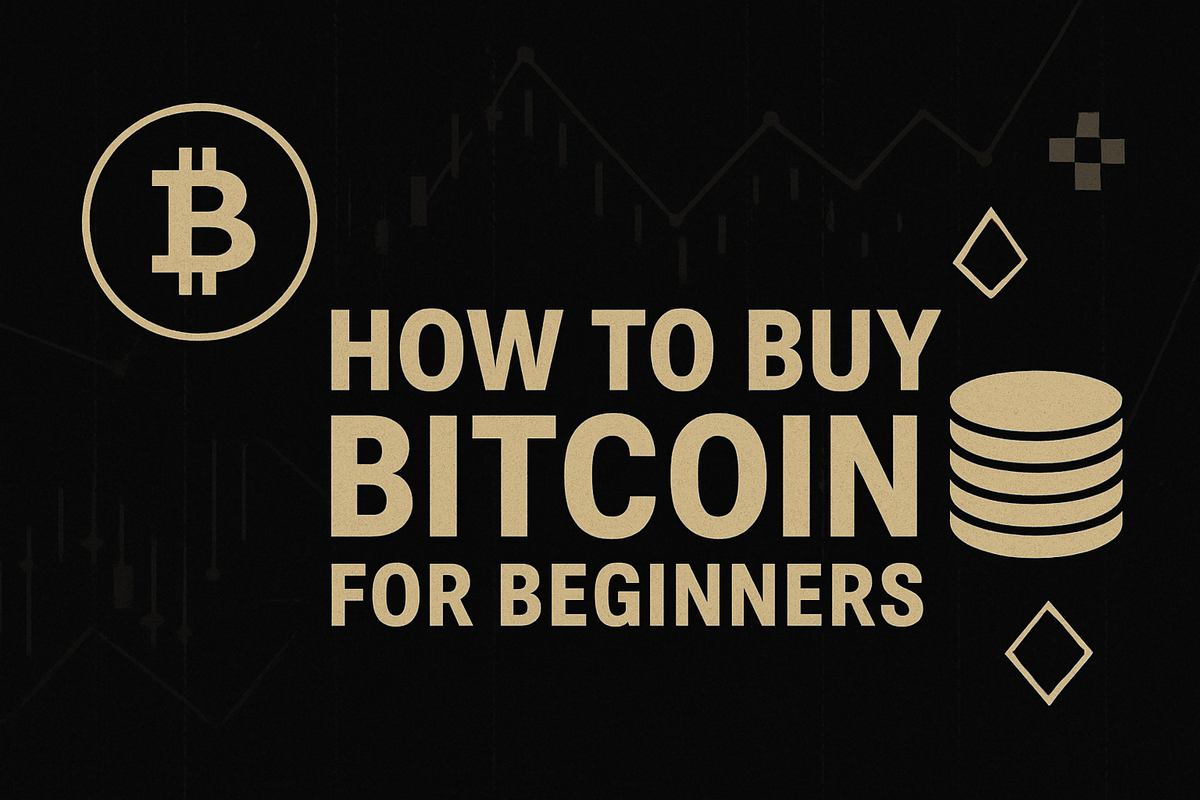
Bitcoin has rapidly evolved from a niche technological experiment into a globally recognized digital asset. For many, it represents more than just a new form of money — it's a hedge against inflation, a decentralized alternative to traditional banking, and a gateway into the broader world of cryptocurrency. But despite its growing visibility, buying Bitcoin for the first time can feel intimidating.
With thousands of platforms, conflicting opinions, and technical jargon, it’s easy for beginners to feel overwhelmed. That’s why this guide exists: to simplify the process, break down the steps clearly, and help you navigate your first Bitcoin purchase with confidence. Whether you’re investing $10 or $10,000, understanding the fundamentals will set the foundation for a safer and smarter crypto journey.
Bitcoin’s accessibility has never been higher — and neither has interest from the public. If you’ve been curious about entering the space, now is a better time than ever to learn how.
What Is Bitcoin? A Beginner-Friendly Overview
Bitcoin is a decentralized digital currency that allows people to send and receive money over the internet without relying on banks or intermediaries. Created in 2009 by an anonymous individual or group known as Satoshi Nakamoto, Bitcoin introduced the concept of blockchain — a public, tamper-proof ledger that records all transactions.
Unlike traditional currencies, Bitcoin isn’t printed by a central authority. Instead, new bitcoins are created through a process called mining, which involves powerful computers solving complex mathematical problems to validate transactions. This system ensures transparency, security, and independence from centralized control.
Bitcoin’s supply is limited to 21 million coins, making it a scarce asset. Many investors see this as a key reason for its long-term value, especially in an era of inflation and economic uncertainty. Others are drawn to its potential for high returns, despite its volatility.
For beginners, it’s important to understand that Bitcoin is not just “internet money.” It’s a breakthrough in financial technology with implications for privacy, monetary policy, and global finance. Learning how to buy and store Bitcoin safely is the first step toward participating in this evolving digital economy.
Step-by-Step Guide to Buying Bitcoin
Buying Bitcoin for the first time is easier than ever, thanks to user-friendly platforms and simplified verification processes. Here's a clear, step-by-step breakdown to guide you through it.
1. Choose a Reputable Exchange
The first step is selecting a cryptocurrency exchange — a platform where you can buy, sell, and hold Bitcoin. Popular choices include Coinbase, Binance, Kraken, and Gemini. When choosing an exchange, consider factors like fees, security features, customer support, and ease of use. For beginners, platforms with a clean interface and solid educational resources are ideal.
2. Create an Account and Verify Your Identity
To comply with financial regulations, most exchanges require users to complete identity verification. This typically involves submitting a government-issued ID and a selfie. While it might seem intrusive, this step helps prevent fraud and protects users from scams.
3. Secure Your Account
Always enable two-factor authentication (2FA) to add an extra layer of security. This requires a second code from your phone whenever you log in or make withdrawals, helping protect your funds from unauthorized access.
4. Deposit Funds
You can fund your account using a bank transfer, debit card, or in some cases, a credit card. Bank transfers tend to have lower fees but take longer, while card payments are faster but more expensive. Choose the option that best suits your needs and risk tolerance.
5. Buy Bitcoin
Once your account is funded, navigate to the exchange’s "Buy" section. Enter the amount of Bitcoin you want to purchase — either as a dollar amount or as a fraction of a bitcoin (e.g., 0.001 BTC). Most platforms show a preview of the transaction, including fees and final amounts, before you confirm.
6. Consider Transferring to a Wallet
After buying Bitcoin, you can leave it on the exchange or transfer it to a personal wallet for greater security. We'll explain wallet options in the next section, but for now, understand that exchanges are convenient but more vulnerable to hacks.
7. Monitor and Manage Your Investment
Your first purchase is just the beginning. Use tracking tools or portfolio apps to monitor Bitcoin’s performance. Stay informed through reputable news sources, and remember that long-term holding (also called "HODLing") is a common strategy among Bitcoin investors.
Buying Bitcoin is no longer the complex, tech-heavy process it once was. With the right platform and a little preparation, anyone can participate in the crypto economy with just a few clicks.
Storing Your Bitcoin: Wallets Explained
After purchasing Bitcoin, the next important step is deciding where to store it. While exchanges offer built-in wallets, relying solely on them can be risky. Storing your Bitcoin in a personal wallet gives you full control and reduces the chances of loss due to exchange hacks or shutdowns.
Hot Wallets vs. Cold Wallets
Hot wallets are connected to the internet. These include mobile apps, desktop applications, and browser-based wallets. They’re convenient for frequent transactions but more vulnerable to online threats. Examples include Trust Wallet, Exodus, and the Coinbase Wallet (distinct from the Coinbase exchange).
Cold wallets, on the other hand, are offline storage solutions. These include hardware wallets (like Ledger and Trezor) and even paper wallets. Cold wallets offer maximum security and are ideal for long-term holders who don’t need daily access to their funds.
Custodial vs. Non-Custodial Wallets
Custodial wallets are managed by third parties, usually exchanges, meaning they control your private keys. Non-custodial wallets give you full control — and full responsibility. In crypto, the phrase “Not your keys, not your coins” reminds users that owning your private keys is crucial for true ownership.
Choosing the right wallet depends on how often you plan to use your Bitcoin and how comfortable you are managing your own security. For most beginners, starting with a trusted hot wallet and gradually exploring cold storage options is a practical approach.
Tips for First-Time Buyers
As a first-time Bitcoin buyer, there are a few key tips to keep in mind to ensure a smooth experience and secure investment:
1. Start Small
If you're new to crypto, it's wise to start with a small investment, especially in a volatile market like Bitcoin. You don’t have to buy a whole Bitcoin — you can purchase fractions of a Bitcoin (known as "satoshis"), making it easy to invest with limited funds.
2. Use Trusted Platforms
Stick to well-known, reputable exchanges like Coinbase, Kraken, or Binance. These platforms have security measures in place to protect your assets and are regulated in many countries.
3. Secure Your Bitcoin
Enable two-factor authentication (2FA) on your exchange account and consider transferring your Bitcoin to a personal wallet for added security. Hardware wallets are especially recommended for long-term storage.
4. Be Prepared for Volatility
Bitcoin’s price can swing dramatically in short periods, so it’s important to be mentally prepared for these fluctuations. Don’t invest more than you can afford to lose, and consider using dollar-cost averaging to mitigate the impact of price volatility.
5. Stay Informed
The cryptocurrency world moves quickly. Follow reliable news sources and learn about market trends to make informed decisions.
These tips will help you start your Bitcoin journey on the right foot, minimizing risks while maximizing your understanding of the crypto market.
Common Mistakes to Avoid
As a beginner, there are several common mistakes that can lead to costly errors or missed opportunities in the world of Bitcoin. Here are a few to watch out for:
1. Ignoring Security Measures
Failing to set up two-factor authentication (2FA) or relying solely on exchange wallets exposes your Bitcoin to unnecessary risks. Always prioritize security by using strong passwords and considering hardware wallets for long-term storage.
2. Buying at the Peak of the Market
Bitcoin’s price can be highly volatile, and many new buyers get caught up in the hype, purchasing at market highs. It’s important to have a clear strategy — whether it’s dollar-cost averaging or a long-term holding approach — to avoid making emotional purchases during price surges.
3. Not Doing Enough Research
Entering the Bitcoin market without understanding the technology, risks, and potential rewards is a recipe for disaster. Spend time learning about blockchain, wallet options, and Bitcoin’s market dynamics before making your first purchase.
4. Falling for Scams
Cryptocurrency scams are unfortunately common, especially in the form of phishing attacks or fraudulent platforms. Always verify the legitimacy of any platform or offer, and be cautious of “too good to be true” promises.
5. Overlooking Tax Implications
Bitcoin transactions may have tax implications depending on your country’s regulations. Make sure to understand how crypto taxation works to avoid surprises during tax season.
Avoiding these mistakes will help you navigate the crypto world more safely and confidently.
Conclusion: Your First Bitcoin Purchase
Buying Bitcoin for the first time doesn’t have to be intimidating. By following the steps outlined in this guide, you can confidently navigate the process, from choosing a trusted exchange to securely storing your Bitcoin. Whether you’re investing as a long-term store of value or exploring the world of cryptocurrency for the first time, it’s important to start small, stay informed, and always prioritize security.
As you become more familiar with Bitcoin and the broader cryptocurrency landscape, you’ll gain more confidence and knowledge to make smarter investment decisions. Remember, the key to success in crypto is patience and continuous learning.
How to Buy Bitcoin: FAQ
You can start investing in Bitcoin with as little as $10, thanks to fractional purchases offered by most platforms.
While not mandatory, having a personal wallet enhances security by giving you full control over your Bitcoin holdings.
Bitcoin's legality varies by country; it's essential to consult local regulations before purchasing.
Fees vary by platform and payment method, typically ranging from 0.5% to 5% per transaction.
Yes, Bitcoin is volatile, and its value can fluctuate significantly, leading to potential losses.
Look for exchanges with strong security measures, transparent fees, and positive user reviews.


